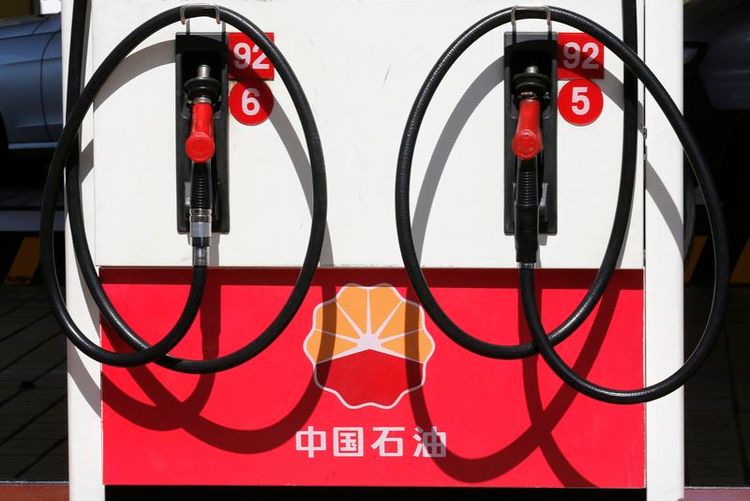Oil slides from recent highs as China GDP underwhelms

Oil prices dropped during Asian trading on Monday, moving away from recent peak levels as information revealed that the economic rebound in China, the leading oil buyer globally, significantly decelerated in the second quarter.
The prices of crude oil also witnessed a prolonged period of profit booking during trading in Asia, following a significant increase to levels not seen in four months last week. The depreciation of the dollar and positive sentiment surrounding the slowdown of inflation in the United States were the main factors that led to the surge in prices.
However, this upward momentum was slightly interrupted on Friday as information showed that the sentiment and spending of consumers in the United States continued to be strong. This pattern could potentially lead to persistent inflation in the nation and maintain the Federal Reserve's vigilant stance.
Monday saw the continuation of losses, as traders decided to secure more profits due to disappointing data from China.
Dropped by 0.9% to $79.13 per barrel, while decreased by 0.9% to $74.62 per barrel by 22:21 ET (02:21 GMT). Both agreements experienced a significant increase in the previous three weeks, also profiting from indications of reduced availability due to closures in oilfields and loading operations in Nigeria and Libya.
However, the output from the majority of Libya's primary oil fields recommenced during the weekend, negating this pattern.
China's Q2 GDP Disappoints
China's gross domestic product (GDP) statistics indicated a significant decline in economic expansion in the world's top oil importer compared to the initial three months of the year.
The economy also experienced an expansion compared to the previous year, as its primary forces of growth, namely manufacturing and real estate, continued to face challenges.
China's disappointing economic indicators have significantly challenged the prediction that the country's recovery would lead to an unprecedented surge in global oil consumption in 2021. Despite lifting COVID-related restrictions earlier this year, China's economic revival seems to be losing momentum.
However, the most recent trade information revealed that China's oil imports stayed strong for the most part, partly due to refineries stocking up on inventory while the price of crude oil was relatively low. Nevertheless, the demand for fuel in China continued to face challenges as business activity slowed down.
Crude Markets Eyeing Supply Tightness, Rate Hikes
Outside of China, the attention in the oil industry is primarily on the decreasing worldwide supply and the escalation of interest rates. It is anticipated that there will be a significant reduction in the availability of crude oil in the latter part of 2023 due to the influence of production cuts from Saudi Arabia and Russia.
However, it is anticipated that this will be somewhat balanced out by the decrease in worldwide economic growth, particularly due to . We have yet to fully experience the consequences of the Federal Reserve's recent increase in interest rates on the economy.
However, the market's anticipation of a soon-to-come halt in the Federal Reserve's increase in interest rates led to remarkable increases in the price of oil during the previous fortnight. Nevertheless, it seems that the market's momentum has dwindled.



























